【Annual Special】Review | Nearly 50 AI Glasses: The Dawn of an Unprecedented 'Hundreds of Glasses Battle'
![]() 02/07 2025
02/07 2025
![]() 627
627
With the strides made in multimodal AI large models and the popularity of Ray-Ban Meta, the market for AI/AR/XR glasses witnessed unprecedented vibrancy in 2024.
As we continue to innovate and advance, it is worthwhile to reflect on the transformations and trends that shaped the industry this year. This article, part of VR Pinguo's 2024 review series on AI/AR/XR hardware, focuses on smart glasses products that were publicly unveiled or officially released in 2024.
This category primarily encompasses three major product types: AI audio/photo glasses, AI+AR glasses (primarily waveguide solutions), and split-type XR glasses (primarily BB solutions).
According to VR Pinguo's incomplete statistics, 46 series of smart glasses products were globally unveiled or officially released in 2024. Among them, 9 were focused on AI audio and photography, 22 were AI+AR glasses and AR information reminder glasses, and 15 were split-type XR glasses and movie-watching glasses.
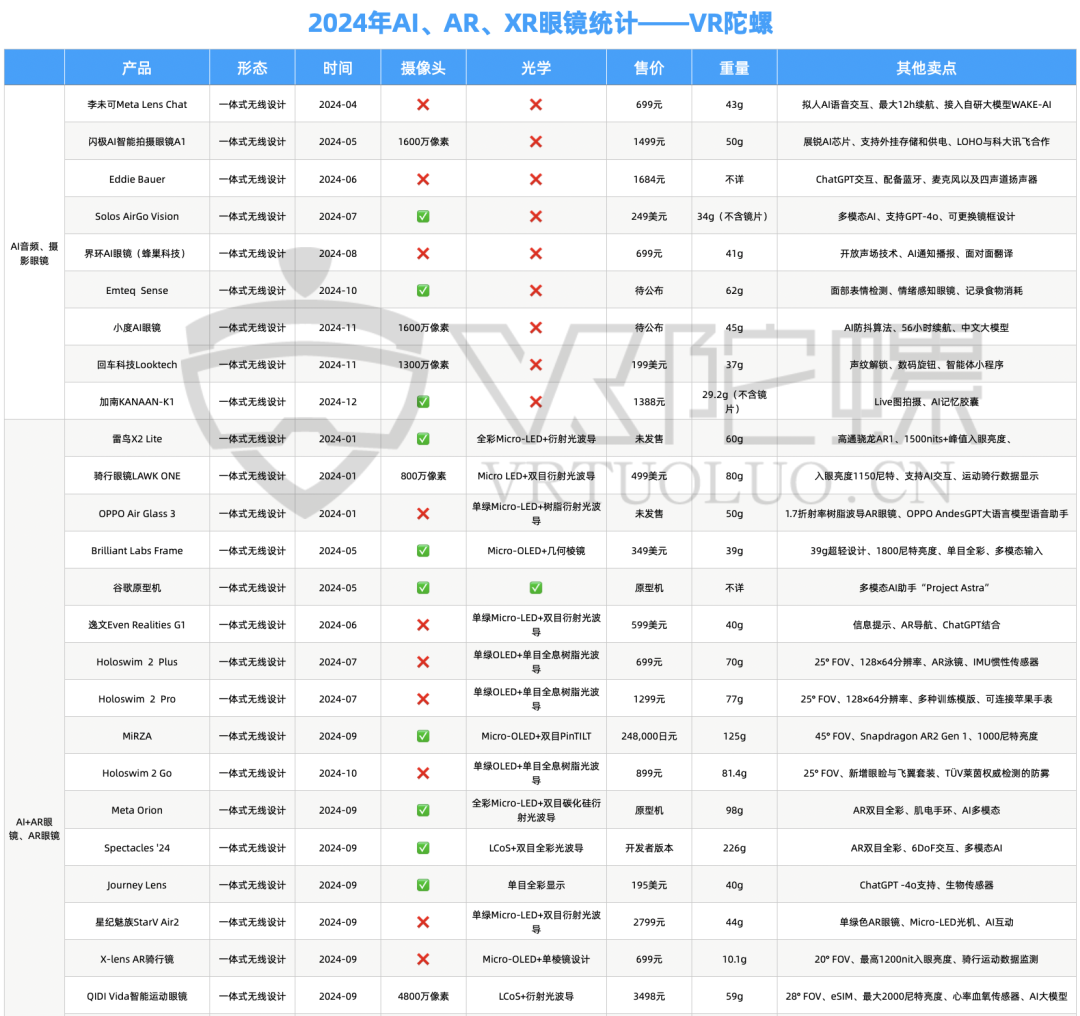

Based on an analysis of multiple AI and AR glasses products, the key industry trends and viewpoints observed in this article are:
2024 saw a surge in AI glasses reports, with slogans echoing Ray-Ban Meta. However, only 9 AI audio/photo glasses were truly publicly displayed or released. These include Liweike Meta Lens Chat, Shanji AI Smart Camera Glasses A1, Eddie Bauer, Solos AirGo Vision, Jiehuan AI Glasses (Fengchao Technology), Emteq Sense, Xiaodu AI Glasses, Huiche Technology Looktech, and Jianan KANAAN-K1. Among them, 6 were from domestic vendors and 3 from overseas.
Liweike and Fengchao Technology, traditional AR glasses vendors, were the first to launch AI audio glasses in 2024. Xiaodu AI Glasses marked the entry of Chinese internet giants, intensifying market competition. Launches by Shanji, Huiche Technology, and Jianan Technology further accelerated the AI glasses market. Domestic vendors swiftly recognized the new markets fostered by new technologies and products, though early-stage technology maturity and application development posed constraints. In 2024, most activities centered around AI glasses technology conferences, announcements, pre-sales, and crowdfunding.
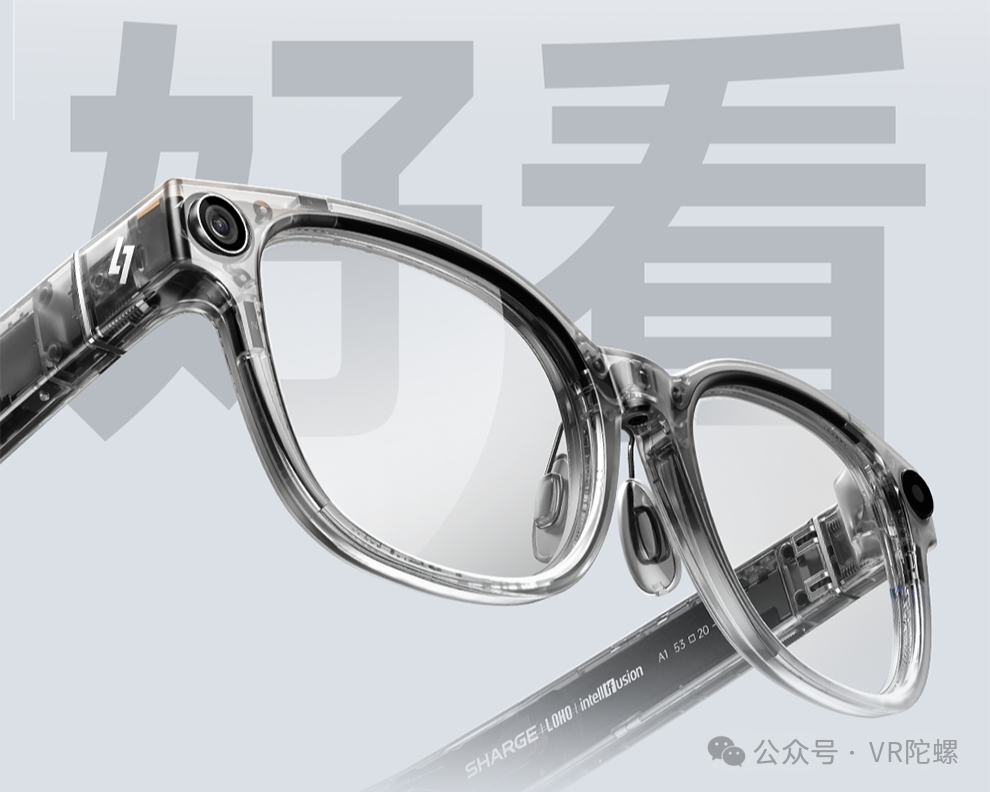
Shanji AI Photo Mirror
A smart hardware product typically undergoes multiple stages from pre-research to launch, ranging from 1-2 to 3-5 years, depending on technical complexity, supply chain maturity, and vendor market decisions. Ray-Ban Meta peaked in popularity around Q1 2024. If vendors initiated projects in Q1, deliveries wouldn't commence until at least 2025. Most vendors had started planning earlier, even in 2023, when AI large models were at their peak.
Pure AI audio glasses without cameras have a shorter delivery cycle, easier design, and lower BOM costs. For instance, Liweike Meta Lens Chat and Fengchao Technology's Jiehuan AI Glasses are priced at 699 yuan with abundant inventory. Some AI audio glasses offer various frame options due to the absence of internal wiring, making them an attractive choice for users.

Huawei Smart Glasses 2
In 2024, technology vendors frequently collaborated with traditional glasses manufacturers to create AI glasses, validated by Ray-Ban Meta's commercial success. Examples include ThunderBird Innovation & Dr. Glasses, Star Realm Meizu & Ya Shi Optical, Rokid & Bolon Eyewear, Shanji & LOHO, Fengchao Technology & Formosa Optical, among others.
This collaboration leverages each party's strengths, enhancing glasses design, brand effect, and offline channels, facilitating faster market entry. It also addresses polarized consumers' concerns about personalized 'dispensing services.'
Theoretically, glasses are highly 'personalized' wearable products, and offering multiple frame and color options is a trend. However, vendors must balance upfront costs to ensure later conversions. Hence, most vendors initially choose popular frame designs as standard AI glasses products, resulting in current appearance 'homogeneity.' With ODM/OEM vendor efforts and supply chain technology maturity, more 'AI camera glasses' and diversified ID designs are expected in 2025, marking a highlight for Chinese AI glasses.
VR Pinguo's incomplete statistics show that 22 AR glasses and AI+AR glasses were publicly displayed or released in 2024, with 21 being all-in-one AR glasses, a 66.7% year-on-year increase, further reinforcing the all-in-one trend (Note: Of the 30 AR glasses released in 2023, 12 were all-in-one and 18 were split-type AR/XR glasses).
Representative products include Meta Orion, Star Realm Meizu StarV Air2, ThunderBird X2 Lite, Rokid Glasses, INMO Air 3, INMO Go 2, Even Realities G1, Google Prototype, OPPO Air Glass 3, Holoswim 2 Pro, Brilliant Labs Frame, Spectacles '24, Journey Lens, Gudong Xingcai Star1S, Vuzix Z100, etc.
In 2024, waveguide-based AR glasses continued to improve optical beam quality, particularly in reducing rainbow effects. Additionally, multimodal AI ushered in a new era for major AR vendors. As wearable devices closest to the senses, AR glasses excel in voice interaction, AR display, and first-person camera functions.
The Micro-LED+light waveguide optical solution, known for high transmittance, brightness, compactness, and low energy consumption, remains the mainstream choice for brand vendors in 2024, with 16 related products. Notably, Meta Orion innovatively adopted silicon carbide material for the waveguide, adding a new technological variable. Unlike common glass and resin materials, silicon carbide, a third-generation semiconductor material, offers higher optical transmission efficiency.
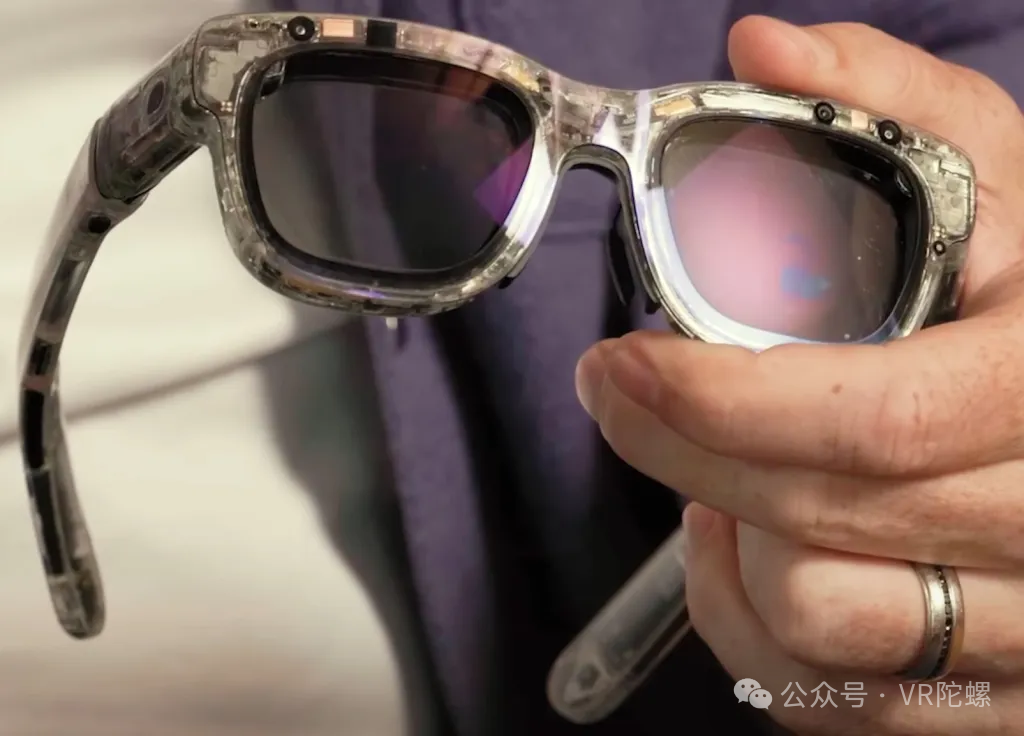
Reportedly, glass has a maximum refractive index of 2.0 and a density of 4.7g/cm³, while silicon carbide achieves a refractive index of 2.6 and a density of 3.2g/cm³. The higher refractive index enhances light wave confinement and guidance, reducing light loss and improving transmission efficiency. The lower density makes silicon carbide light waveguides lighter, enhancing wearing comfort.
However, due to underlying supply chain technology maturity and market considerations, silicon carbide is unlikely to reach mass markets soon. Currently, conductive and semi-insulating silicon carbide are more common. Conductive silicon carbide is primarily used in semiconductors, while semi-insulating silicon carbide, being transparent, is less utilized, leading to high material prices. For instance, a 4-inch silicon carbide wafer costs nearly 2000 yuan, and its hardness exacerbates manufacturing costs.
In 2024, monochrome Micro-LED continued to dominate microdisplay implementations. Thanks to optimizations in underlying supply chains like JBD, monochrome light engines have evolved. For instance, Star Realm Meizu's first-generation MYVU glasses used a 0.3cc Micro-LED pure-color light engine + resin diffractive light waveguide, while the second-generation AR glasses, Star Realm Meizu StarV Air2, feature a 0.15CC Micro-LED + glass diffractive light waveguide, reducing the optical engine size and weight by 50%, increasing peak luminous flux by 80%, and decreasing typical power consumption by 25%. Additionally, the new high-refractive-index glass waveguide material and grating design significantly reduce rainbow effects, barely noticeable indoors, enhancing the AR experience.
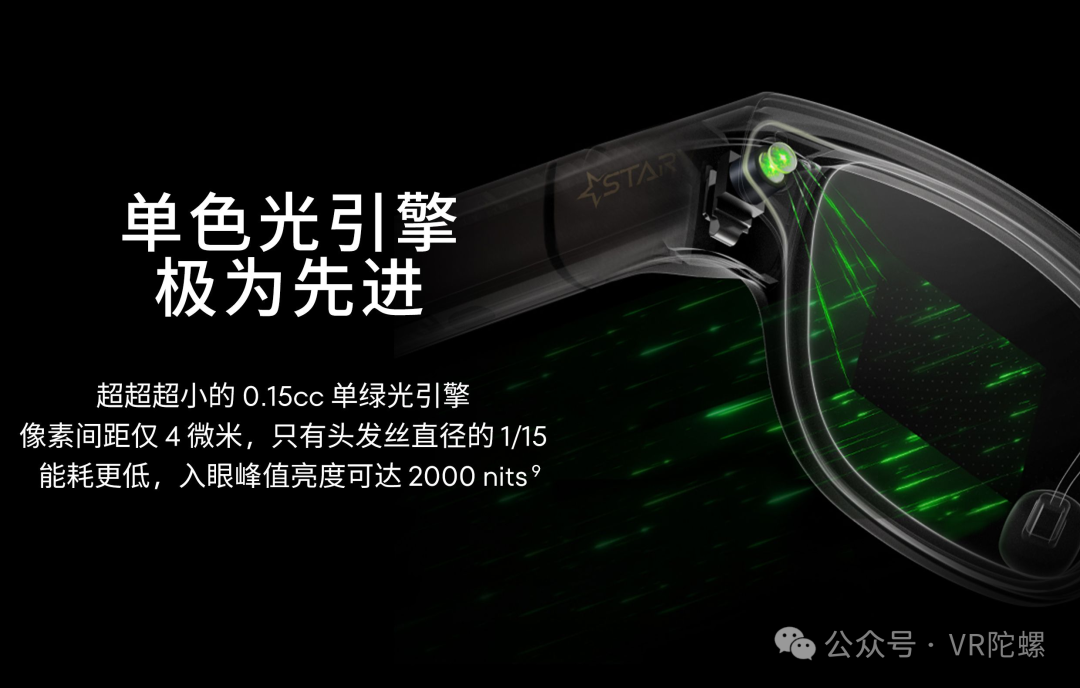
Even Realities G1, with its round frame, also deserves mention for its rainbow effect optimization. Thanks to advancements in supply chain coating technology and biomimetic nano-texturing, it achieves a transmittance of up to 98%. Its grating design cleverly avoids areas requiring continuous 'staring,' placing the rounded grating layout above the lens, significantly reducing light interference-induced rainbow effects.
Furthermore, rounded grating design represents a subtle change in optical design, as mentioned in my in-depth observation of the 2024 Photonics Expo. This change may consider 'aesthetic design,' as sharp corners and turns often attract attention. By rounding corners, the gratings are less noticeable in the physical world, enhancing the glasses' aesthetic appeal.
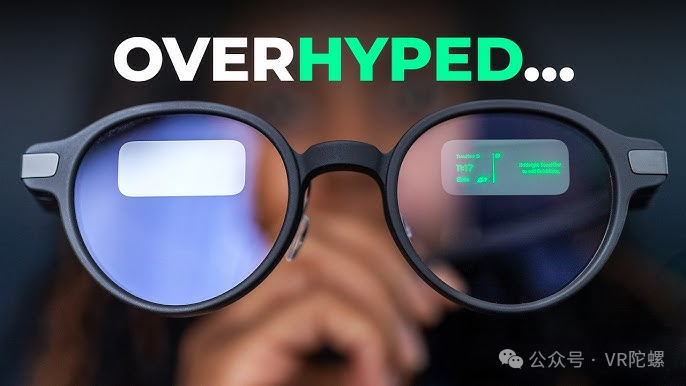
In 2024, full-color Micro-LED applications expanded beyond ThunderBird Innovation to include Meta's prototype. The entry of giants is expected to further accelerate supply chain technology maturity. (III) Multi-modal AI accelerates the integration of "cameras" into the AR market.
For traditional AR manufacturers, the support of large AI models has truly transformed AR glasses into "smart glasses."
In fact, since 2023, many AR glasses have begun offering basic AI voice interaction, and this trend intensified in 2024, manifesting in the enhanced understanding of AI interaction and the application of multi-modal AI by various companies. Manufacturers like Rokid Glasses, INMO Air 3, Spectacles '24, and others have incorporated cameras into their AR glasses to facilitate multi-modal interactions.
Before the proliferation of multi-modal AI, the industry unanimously agreed that cameras would be a standard feature for AR glasses. These cameras not only enable photo and video capture but also expand capabilities such as gesture interaction and SLAM positioning, thereby enabling more diverse application scenarios and gameplay. The influx of multi-modal AI is now accelerating the integration of cameras in AR glasses.
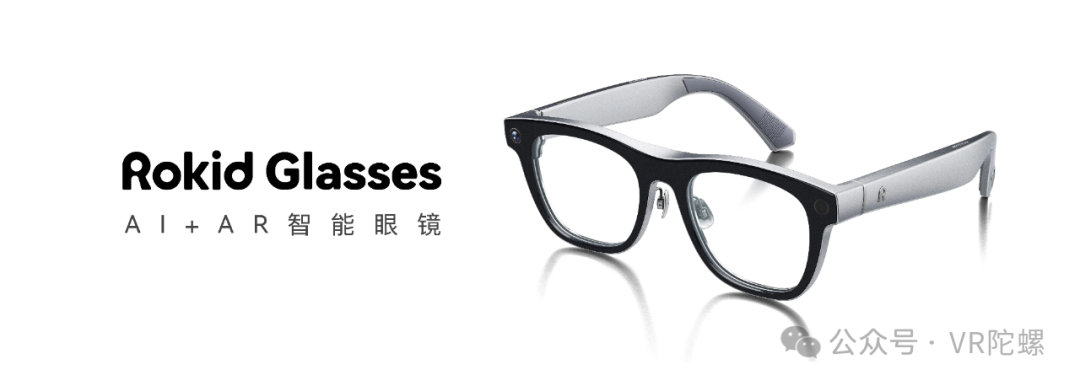
Meta undoubtedly holds a significant influence in the application of multi-modal AI. Although Ray-Ban Meta was released in 2023, its multi-modal AI functions began to be gradually rolled out to users in 2024. Ray-Ban Meta's multi-modal AI functionality allows users to perform actions such as translating a French menu, querying real-time information via voice commands, and recognizing street buildings, all through the camera on the glasses.
Furthermore, Meta Orion, which adds an AR light engine to AI camera glasses, also boasts interesting multi-modal features. Through a personalized AI assistant, Meta Orion can recognize all objects on the desktop via the camera and provide a complete recipe suggestion and calorie reference. The wearable glasses design frees up users' hands while providing cooking guidance.
AI image recognition is not a novel approach, but Meta's innovation lies in integrating it with large models. While recognizing objects, it informs users of delicious dishes that can be created with those ingredients and generates interactive experiences.

(IV) Swimming and Cycling: Two Specialized AR Segments
In addition to products designed for pan-AI+AR scenarios, such as Starry and Meizu's StarV Air2, Rokid Glasses, and Yiwen's Even Realities G1, there are also AR products tailored for specific scenarios, particularly those requiring "hands-free" operation during sports activities.
For instance, Guangli Technology surprisingly launched three AR goggles in 2024. While there were no direct changes in optical design and parameters among these goggles, there were subtle enhancements in their ergonomic design, internal sensors, and software ecosystems. For example, the Holoswim 2 Pro, priced at 1299 yuan, can connect to Apple Watch and supports multiple swimming training templates. It has passed TüV Rheinland testing, making it an attractive option for swimming enthusiasts.
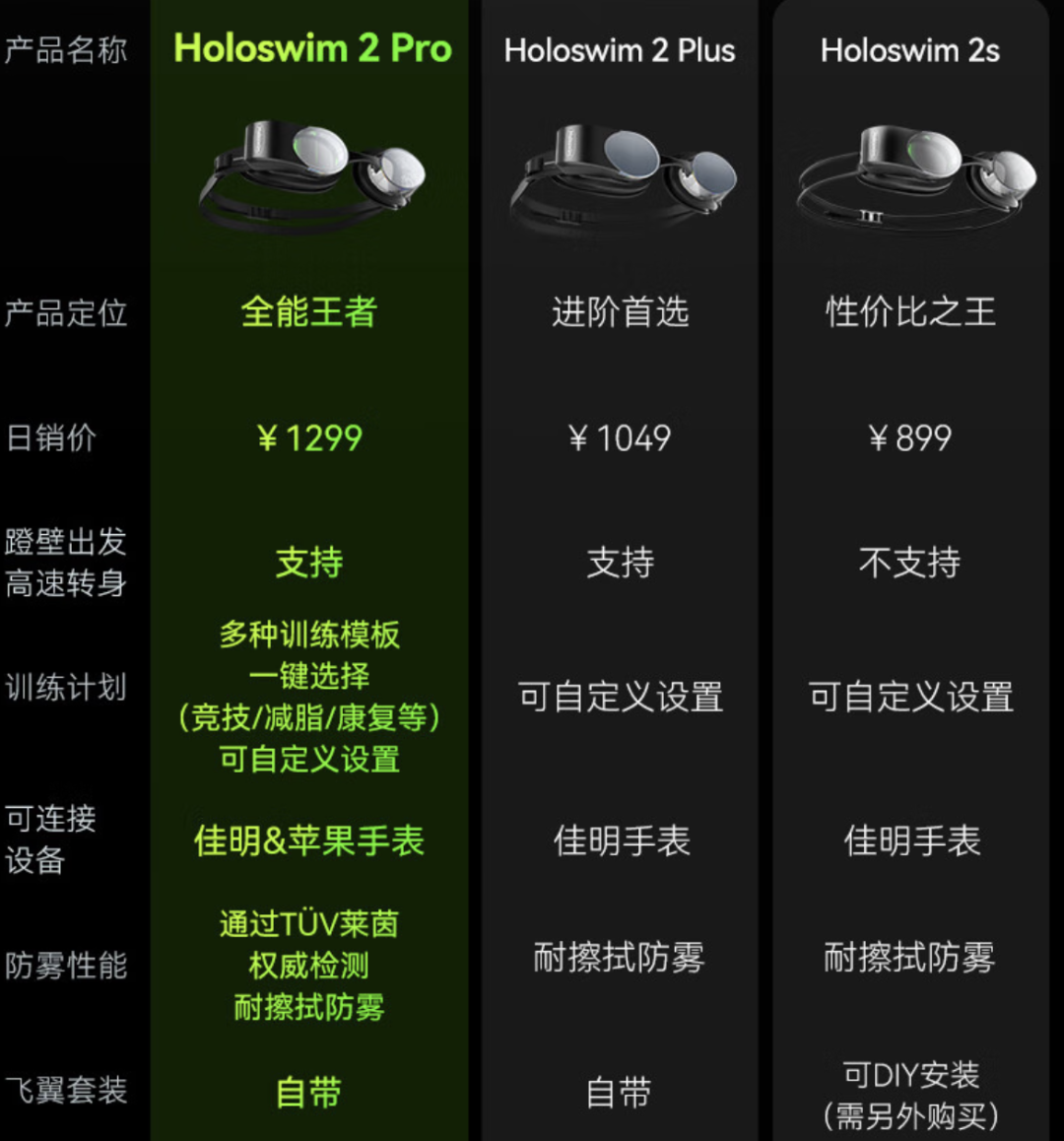
Liweike, Singularity Proximity, and Xingzhe all introduced AR cycling glasses in 2024. Since cycling scenarios do not necessitate extremely thin and lightweight glasses, there are significant differences in the optical solutions among these three pairs of glasses. LAWK ONE employs a monochrome Micro-LED + binocular diffractive light waveguide, QIDI Vida smart sports glasses use LCoS + diffractive light waveguide, and X-lens adopts Micro-OLED + single prism design. A commonality among their products is the monitoring of sports data, enabling users to view relevant information and receive mobile phone notifications during cycling, facilitating timely adjustments.
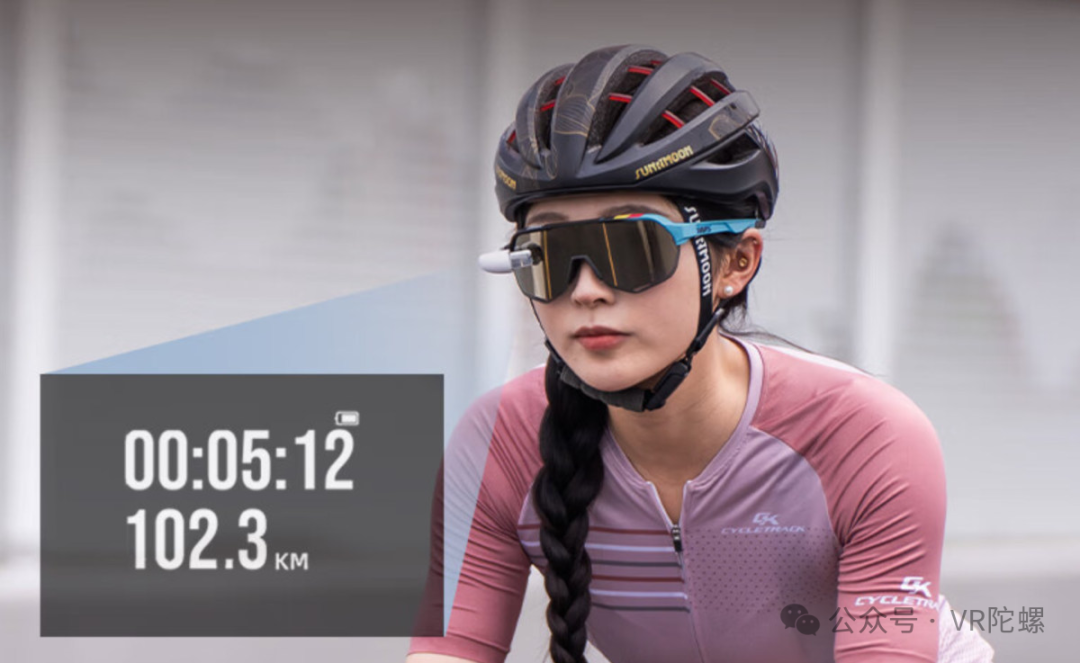
III. Standalone XR Glasses: Diverse Product Forms and Technologies
Thanks to features such as large FOV, high PPD, and multi-device compatibility, in 2024, although the number of standalone XR glasses based on the Micro-OLED+Birdbath optical solution decreased, it still reached 15 models.
Representative products include ThunderBird Air 2S, ThunderBird Air 3, Starry and Meizu's StarV View, VITURE Pro, Rokid Max2, XREAL One series, INAIR 2 series, ASUS AirVision M1, TQSKY T2, Tecno Pocket Go set, among others, with Chinese manufacturers accounting for 100% of the market.
(I) Continuous Evolution of XR Near-Eye Display Optics
In 2024, many XR glasses based on the Birdbath optical solution replaced the 0.68'' inch Micro-OLED with Sony's latest generation 0.55'' Micro-OLED. Compared to the previous generation, the new Micro-OLED boasts a 21% increase in pixel density, reaching 4032ppi, which means that under the same FOV, the clarity (PPD) of XR glasses can be further enhanced.
Certain glasses have taken a differentiated approach in optical design. For example, ThunderBird Air 3 uses a 0.6'' Micro-OLED from domestic Visionox Technology, combined with its self-developed Peacock optical engine. Through coordinated efforts, it reduces the BOM cost, bringing the price of XR glasses down from the 2000 yuan range to 1699 yuan, posing considerable pressure on other similar manufacturers.
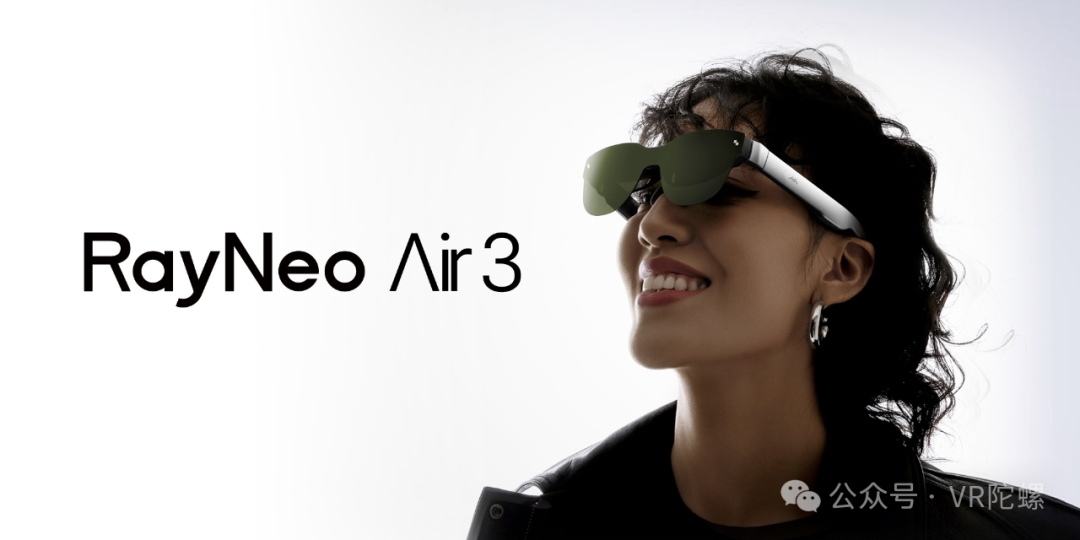
The optical design of the XREAL One Pro is also noteworthy. It equips the Optic Engine 4.0 optical engine alongside the 0.55'' Micro-OLED, enabling an FOV of 57 degrees. Comparatively, the FOV of current glasses using the Birdbath solution primarily falls within 50 degrees. According to industry insiders, it may have adopted a technology akin to hybrid waveguides to achieve a breakthrough in the field of view, potentially setting a path for the optical evolution of future Birdbath solution products.
Myopia is prevalent in the 21st century, especially among the tech-savvy users targeted by XR glasses. In this context, "diopter adjustment" becomes crucial. Among the 15 XR glasses released in 2024, seven models support diopter adjustment, with a maximum range of 0-600°.
Diopter adjustment is a complex system involving the movement of display screens or imaging lenses to adjust the optimal imaging distance for nearsighted individuals. During adjustment, FOV and PPD may decline, and image distortion may occur, all of which require calibration and compensation. In the short term, producing a well-crafted AR device with diopter adjustment is challenging.
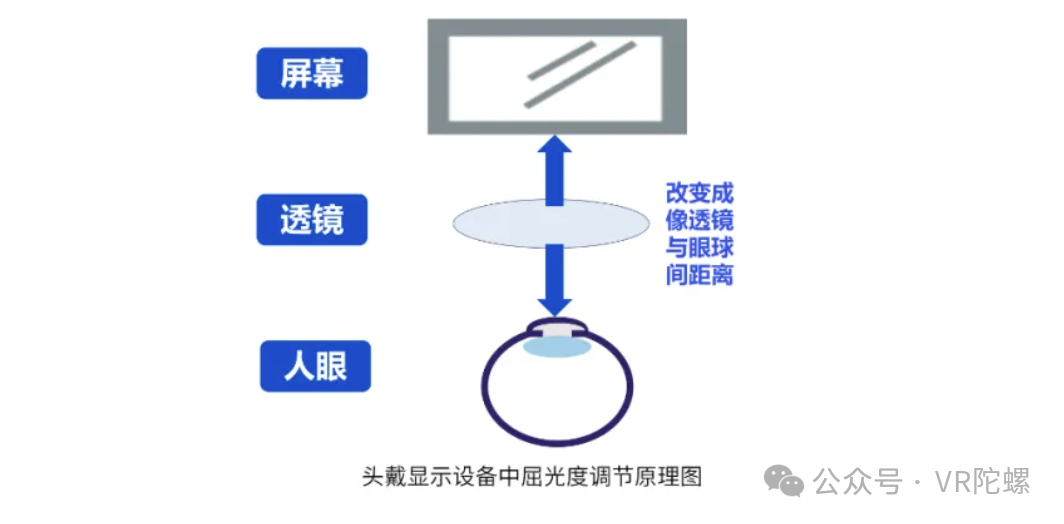
Source: DMR LAB
(II) Mobile Computing Units Become Standard, with Continuous Innovation
Among the 13 standalone XR glasses released in 2024, almost all offer optional "mobile computing units," with ASUS and Starry and Meizu being the exceptions as they can directly provide "mobile phones."
For numerous XR startups, the "mobile computing unit" serves not only to enhance product value but also to address the limitation of some smart devices not supporting USB 3.0 direct connection, which renders XR glasses unusable. Additionally, a more crucial aspect is that based on the "mobile computing unit," XR manufacturers can explore numerous new technologies, build their AR interaction systems, access large AI models, and more, thereby expanding scenarios and gameplay while preparing for the system migration of future AR all-in-one devices.

For example, in 2024, Rokid added two spatial cameras to the Rokid Station 2 Creator Edition, enabling the computing unit to capture spatial images for direct viewing on XR glasses. XREAL is even bolder. The upgraded Beam Pro in 2024 not only supports spatial image capture but also features a screen and even a 5G version. It is not uncommon for mobile phone manufacturers to venture into AR, but it is the first time for AR manufacturers to produce mobile phones. Furthermore, the neck-mounted host of VITURE Pro has added a camera, enabling BB glasses to also achieve "gesture interaction."
Building on the excellent display experience and computing units of standalone XR glasses, the multi-screen focuses on expanding AR light office scenarios in the future, supporting keyboard connections and AI voice assistants. The AR entertainment set Pocket Go from Tecno, a subsidiary of Transsion, stands out in 2024. Its computing unit is designed in the form of a handle and equipped with an AMD Ryzen 7 8840 HS processor, complete with a built-in cooling fan and three copper pipes for heat dissipation.
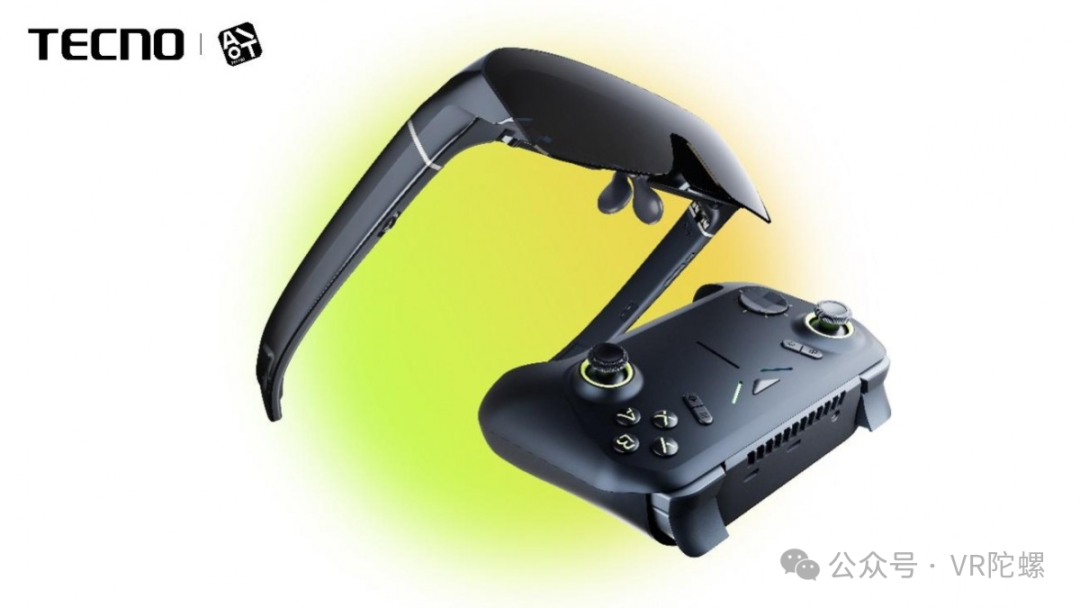
In 2024, it was interesting to note that XREAL launched the native 3DoF AR glasses of the XREAL One series, equipped with its self-developed X1 chip, starting at a price of 3299 yuan. The self-developed X1 spatial computing chip is said to reduce M2P latency to 3ms and support 0DoF and 3DoF modes. Additionally, thanks to the chip's support, the glasses can control the size, distance, position, etc., of the virtual image content on the screen.
In the past, the 3DoF capability of standalone XR glasses typically required the pairing of a mobile computing unit or a specific mobile phone. However, the X1 chip easily achieves this capability directly from the glasses. The industrial innovation of the X1 chip deserves recognition and has created a highly differentiated technological advantage for XREAL. Nonetheless, it cannot be overlooked that "chips" have always been synonymous with significant investments, often costing hundreds of millions or more. Currently, the entire XR market capacity and growth rate are limited. XREAL's move can be seen as a "risky bet," and time will reveal its outcome.
Conclusion
For the entire AR industry, 2024 was a thrilling year marked by continuous innovation, technology advancements, and new products. Undoubtedly, the influx of large AI models has injected a powerful impetus into the AR industry, propelling the human-computer interaction of smart glasses to new heights and expanding its dimensions.
In the face of such an opportunity, it is crucial to stay true to the original intention of creating high-quality products. The Chinese market has never lacked enterprises that chase trends and hotspots. When a new field shows potential, a flood of capital and enterprises rushes in, aiming to capitalize on the upsurge. However, often after the frenzy, what remains is chaos. The enterprises that truly stand the test of time in the market and lead the industry's development are invariably those that stand at the intersection of consumer demand and technological innovation, crafting products with passion and dedication.
In 2025, let's remain true to our aspirations and continue to move forward.





